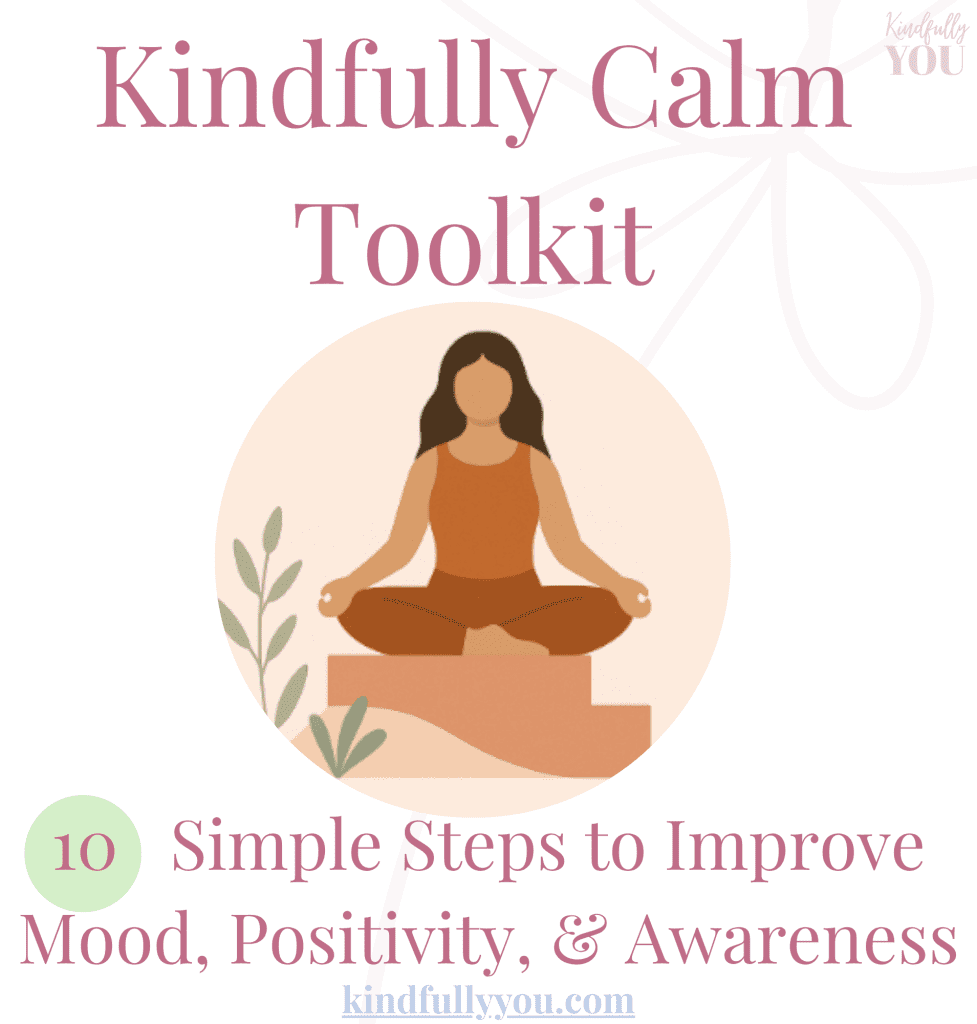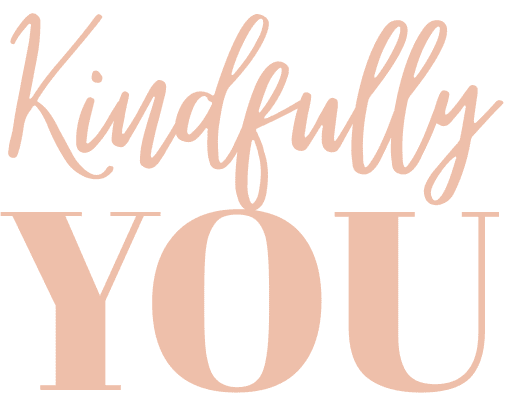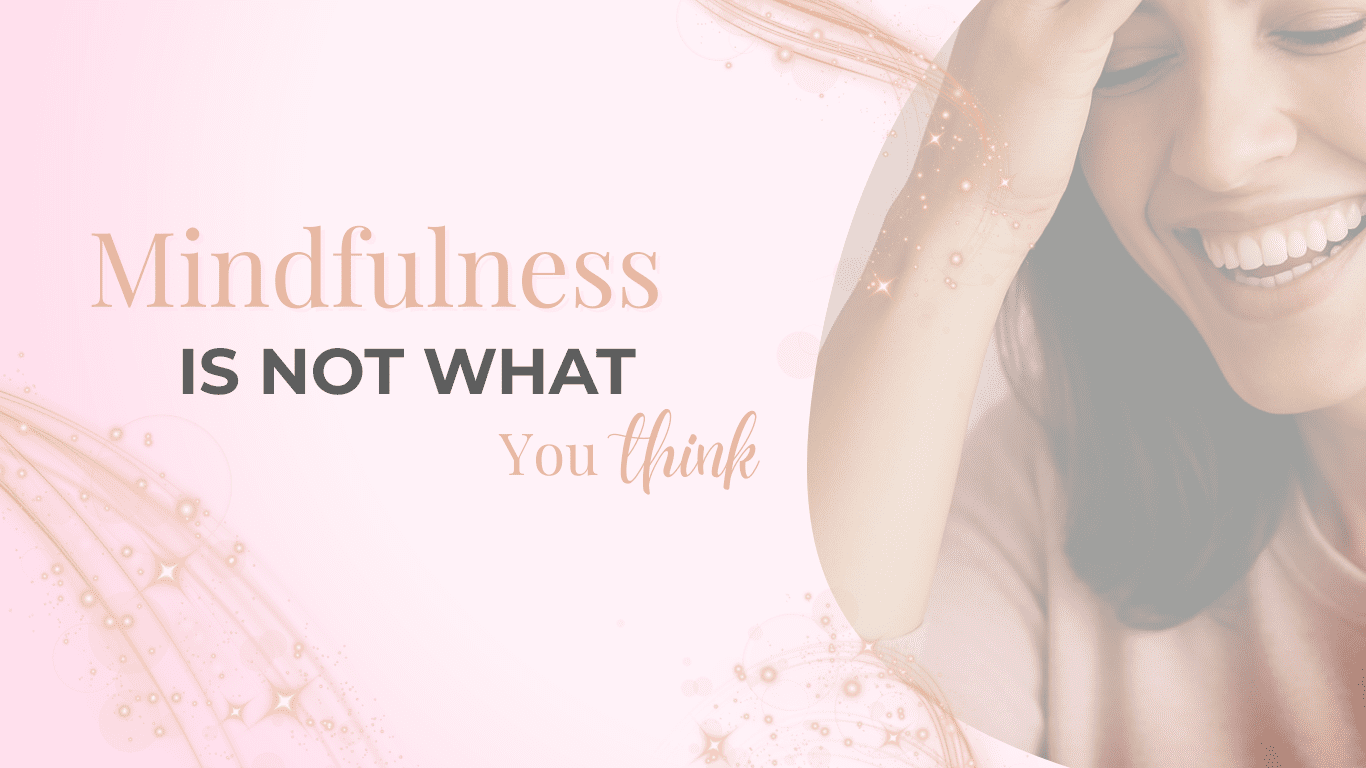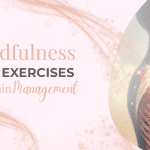A Kindful Look at the Myths (and the Magic)
When you hear the word mindfulness, what pops into your mind?
Sitting cross-legged in silence for hours? Trying to stop every thought that enters your head? Achieving some perfectly blissed-out, lotus-eating state?
If that sounds familiar, you’re not alone—and you’re definitely not doing it wrong.
The truth is, mindfulness is not what you think. Literally. It’s not about thinking less or doing it perfectly—it’s about noticing what’s already here, without the mental gymnastics.
In this post, let’s gently bust through a few common myths, so you can explore mindfulness in a way that actually feels supportive (and doesn’t require incense, chanting, or a guru).
What Mindfulness Is Not
1. Mindfulness Is Not About Stopping Your Thoughts
This is probably the biggest myth—and one that puts a lot of people off before they’ve even begun.
Your brain is designed to think. Stopping your thoughts is like asking your heart to stop beating. The goal isn’t silence. It’s space.
✔ Kindful Tip: When your mind starts whirring (as minds tend to do), try noticing your thoughts like clouds floating past. No need to chase them or judge them. Just let them drift by.
2. Mindfulness Is Not Just Sitting in Meditation
Yes, meditation is one way to practise mindfulness—but it’s not the only way. You don’t need a cushion or an hour of silence. Mindfulness can happen in the middle of real, messy, everyday life.
It’s more about how you do something than what you’re doing.
✔ Kindful Tip: Try mindful eating—just you and your toast. Notice the crunch, the warmth, the way it tastes without scrolling or rushing. It’s surprisingly grounding.
3. Mindfulness Is Not About Being Positive All the Time
If you’ve ever tried to meditate and found yourself feeling irritable, bored, or downright miserable—good news: that’s totally normal.
Mindfulness doesn’t mean slapping a smile over hard feelings. It means noticing them, naming them, and learning how to sit with them gently.
✔ Kindful Tip: When emotions bubble up, try saying, “This is what I’m feeling right now.” That bit of acknowledgment can create enough space to breathe, rather than react.
4. Mindfulness Is Not a Quick Fix
Let’s be honest—if mindfulness came in pill form, we’d all be queuing at the chemist. But the real version? It’s more like a steady, nourishing practice than a miracle cure.
It won’t erase your stress overnight, but it can help you meet it with more clarity and compassion.
✔ Kindful Tip: Start small. One minute of breathing. A single moment of presence. That’s enough. You don’t need to be perfect—you just need to begin.
What Mindfulness Really Is
✅ A gentle way of coming back to yourself—even in the middle of the chaos
✅ A practice of noticing thoughts, sensations and emotions without instantly reacting
✅ A tool that helps regulate your nervous system and build resilience (yes, even when the washing machine breaks again)
✅ A skill you can build over time—no experience, perfect posture or guru required
Kindful Last Thoughts
So, let’s come back to the beginning: Mindfulness is not what you think. It’s not about forcing yourself to be calm, pretending to be happy, or doing it “right”.
It’s about presence. Kindness. Self-awareness. It’s about meeting yourself as you are—in all your tired, tangled, brilliant humanness—and saying, “This is me, right now. And that’s okay.”
If mindfulness has ever felt intimidating or a bit too fluffy, I hope this gives you permission to come at it in your own way. Small steps. Soft awareness. No pressure.
Curious to try? Start with a single breath. That’s all it takes to begin.
Your Free KindfulnessToolkit for Calmer, Happier Days
If you’re ready for a quick, gentle way to feel calmer, brighter, and more like yourself again, the free Kindfully Calm Toolkit is for you. Inside you’ll find easy, no-fuss tools you can use in minutes to shift your mood, relax your body, and bring happier vibes to even the busiest day.
Don’t wait to feel better. Download here it now and give yourself the gift of calm and ease today.

For further reading What is Living Mindfully



